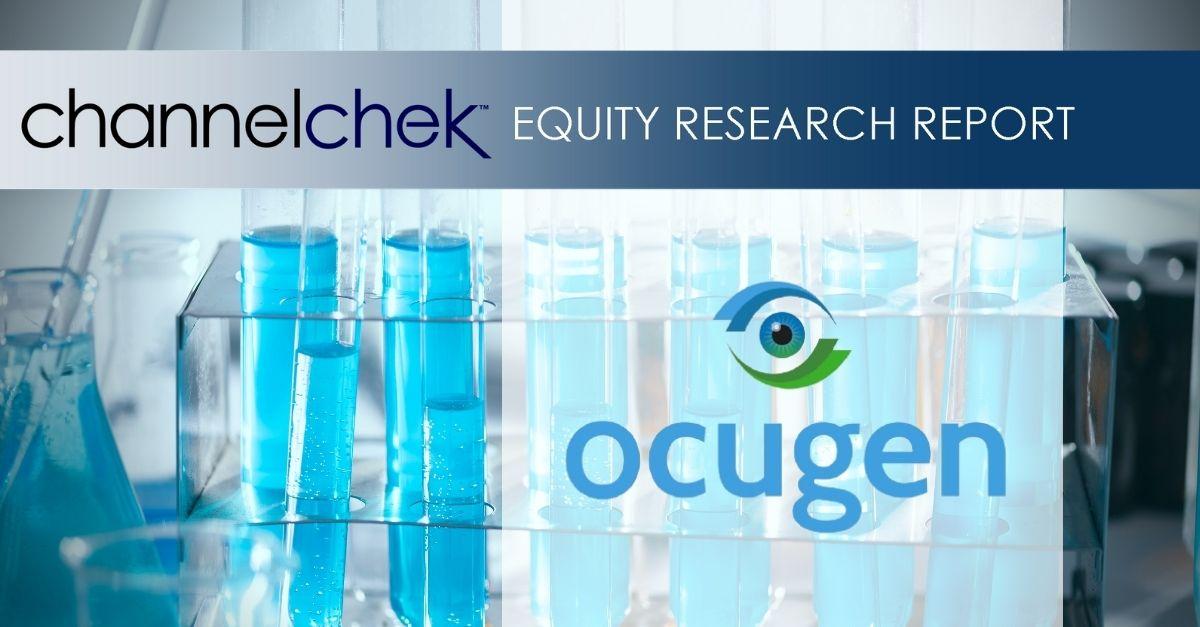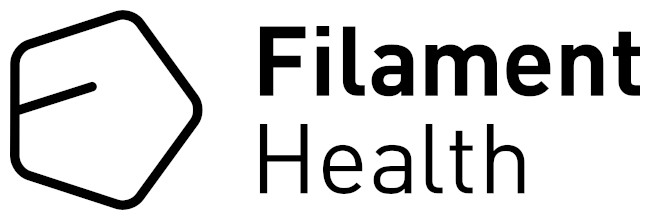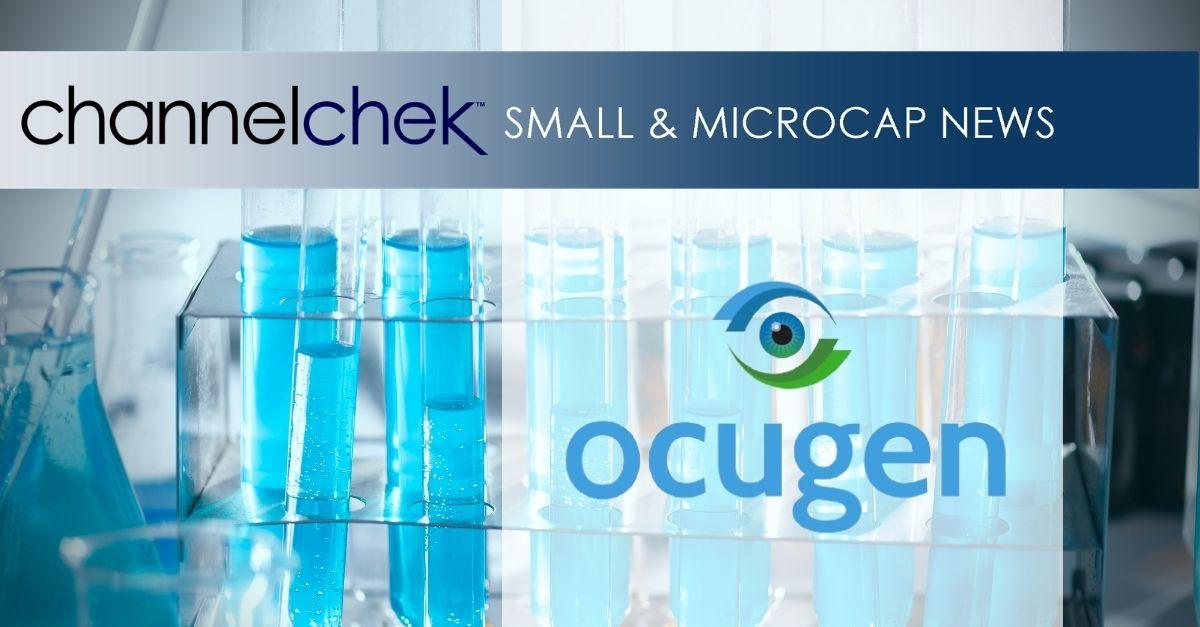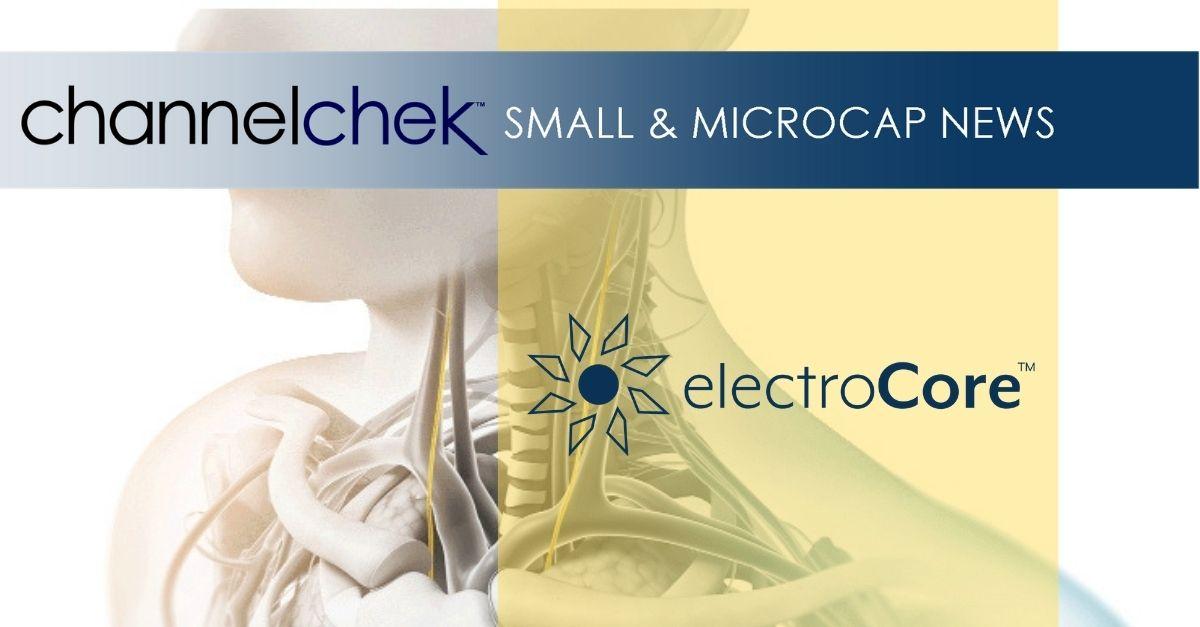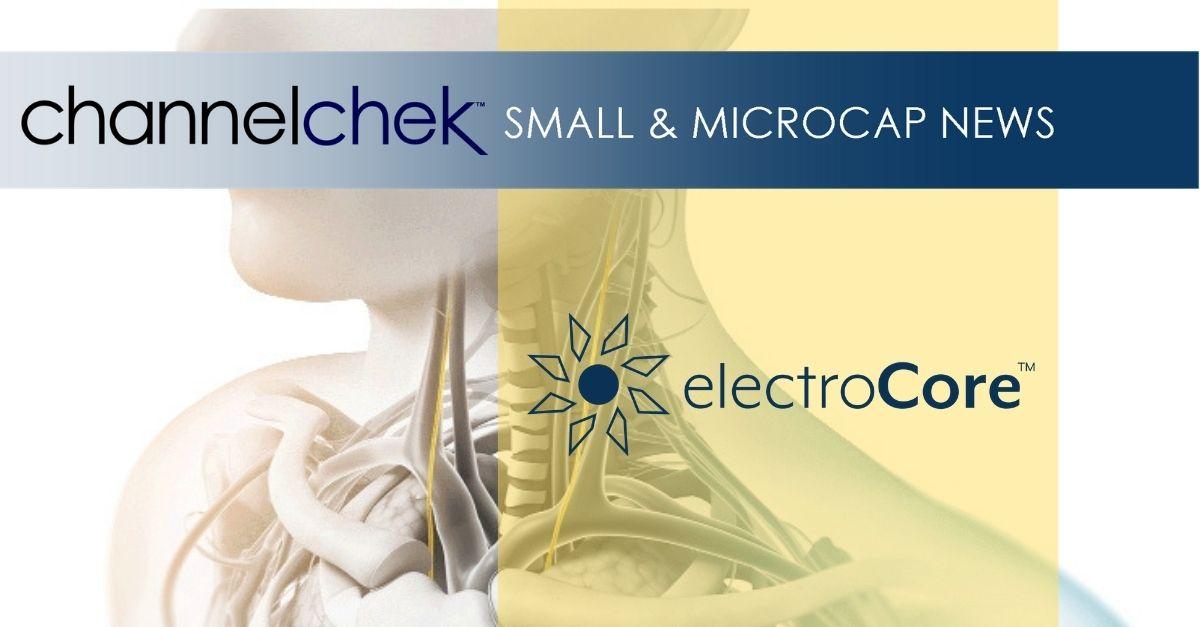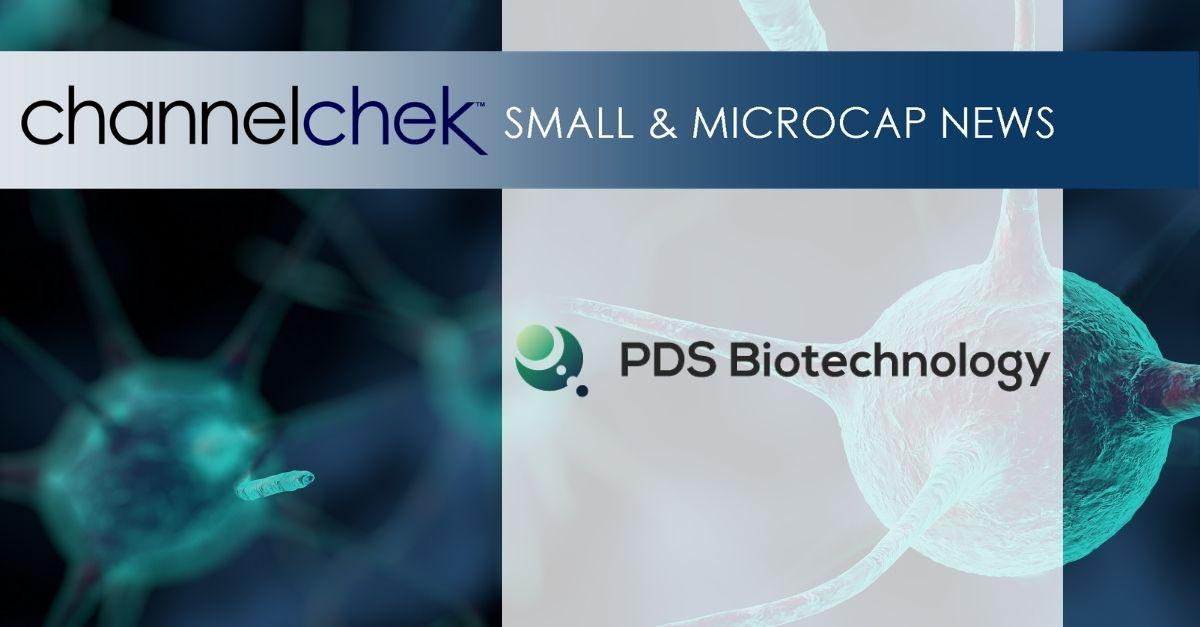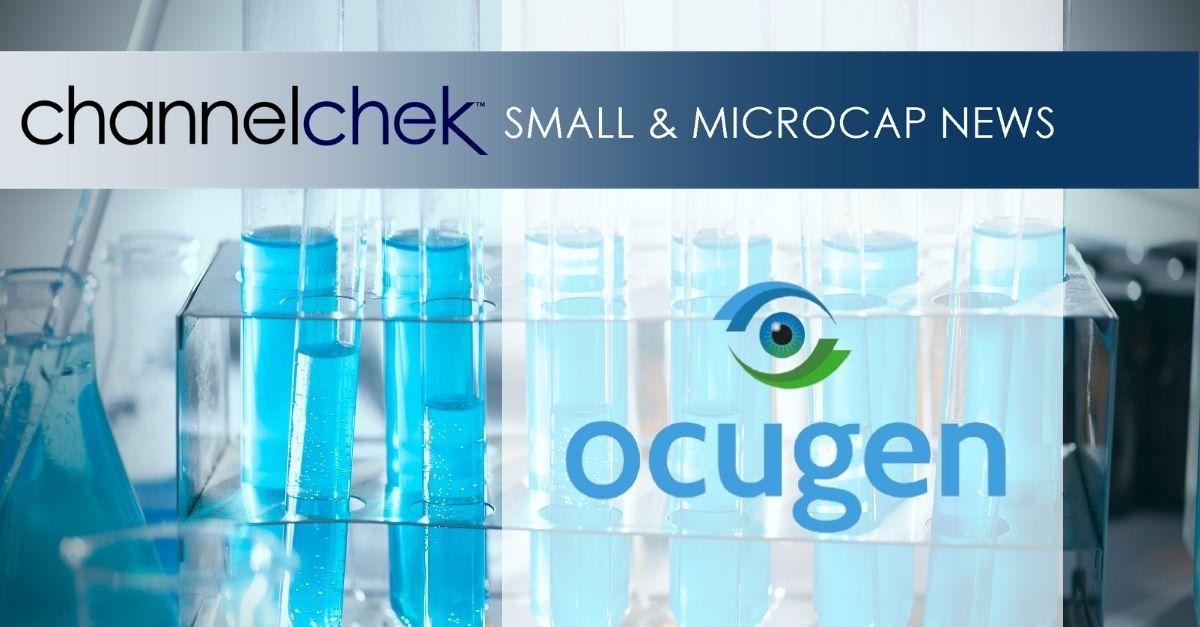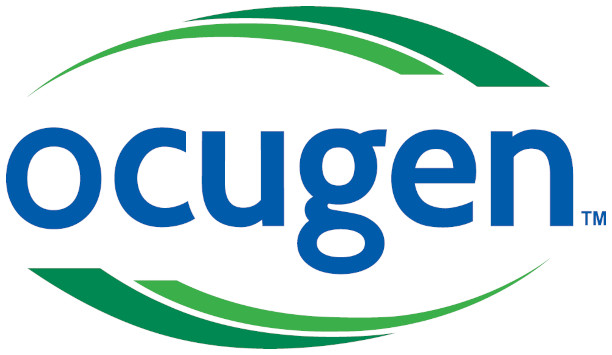
COVAXIN™ (BBV152) Booster Shown to Neutralize Both Omicron and Delta Variants of SARS-CoV-2
Research, News, and Market Data on Ocugen
- Booster dose of candidate vaccine, COVAXIN™ (BBV152), generated robust neutralizing antibody responses against both Omicron (B.1.529) and Delta (B.1.617.2) using a live virus neutralization assay
- 100% of test serum samples showed neutralization of the Delta variant and more than 90% of serum samples showed neutralization of the Omicron variant
- These data add to the body of evidence that the broad-spectrum mechanism of action of a whole virus inactivated COVID-19 vaccine, like COVAXIN™ (BBV152), is a viable option in this continuously evolving pandemic
MALVERN, Pa., Jan. 12, 2022 (GLOBE NEWSWIRE) — Ocugen, Inc. (NASDAQ: OCGN), a biopharmaceutical company focused on discovering, developing, and commercializing novel therapeutics and vaccines, and its partner, Bharat Biotech, a global leader in vaccine innovation and developer of vaccines for infectious diseases, today announced results from a study conducted at Emory University demonstrating that sera from subjects who received a booster dose of candidate vaccine COVAXIN™ (BBV152) six months after getting a primary two-dose series of COVAXIN™ (BBV152) neutralized the SARS-CoV-2 Omicron and Delta variants. Earlier studies demonstrated the neutralizing potential of COVAXIN™ (BBV152) against SARS-CoV-2 Variants of Concern Alpha, Beta, Delta, Zeta and Kappa.
The study will be published on the pre-print server, medRXiv, in the coming days.
Sera samples from individuals who received a booster of COVAXIN™ (BBV152) were observed to be effective in neutralizing Omicron and Delta variants on a live virus neutralization assay. The neutralization activity of COVAXIN™-boosted sera was comparable to what has been observed in mRNA vaccine-boosted sera against the Omicron variant. More than 90% of all individuals boosted with COVAXIN™ (BBV152) showed neutralizing antibodies. All participants received an initial two-dose schedule of COVAXIN™ (BBV152) at Day 0 and Day 28.
“The global impact of Omicron shows us that the fight against COVID-19 continues, and we’re encouraged that these data demonstrate the value of COVAXIN™ as a primary and booster vaccine,” said Dr. Shankar Musunuri, Chairman, CEO and Co-Founder, Ocugen, Inc. “These results show how a broad-spectrum vaccine has the potential ability to address ever-shifting public health challenges such as new variants and mutations.”
“As the dominant COVID-19 variant throughout the world, Omicron poses a serious public health concern,” said Mehul Suthar, Ph.D., Assistant Professor, Emory Vaccine Center and who led the laboratory analysis. “Data from this preliminary analysis show individuals receiving a booster dose of COVAXIN™ have a significant immune response to both the Omicron and Delta variants. These findings suggest that a booster dose has the potential to reduce disease severity and hospitalizations.”
Dr. Krishna Ella, Chairman and Managing Director of Bharat Biotech said, “We are in a continuous state of innovation and product development for COVAXIN™. The positive neutralization responses against the Omicron and Delta variants, validates our hypothesis of a multi epitope vaccine generating both humoral and cell mediated immune responses. Our goals of developing a global vaccine against COVID-19 have been achieved with the use of COVAXIN™ as a universal vaccine for adults and children.”
COVAXIN™ is formulated uniquely such that the same dosage can be administered to adults and children alike. COVAXIN™ is a ready-to-use, liquid vaccine, stored at 2 – 8°C, with 12 months shelf life and multi-dose vial policy. The same doses of vaccine can also be used for two-dose primary immunization in adults and children and for booster dose vaccinations, making it truly a universal vaccine. COVAXIN™ is not currently authorized or approved for use as a primary or booster dose in the United States.
About the study
In order to evaluate the effectiveness of COVAXIN™ (BBV152) against the Omicron variant, Ocugen contracted with the Emory Vaccine Center (Atlanta, GA) to test human immune sera obtained from participants (n=13) in an ongoing Phase 2 clinical trial (ClinicalTrials.gov: NCT04471519). Sera was collected 28-days post booster – six months following the primary two-dose series. Each sera was tested in a neutralization assay. Following three doses, the FRNT50 geometric mean titers (GMTs) of neutralizing antibodies against the Omicron variant measured in the samples was 75, compared to 480 against the Delta variant and 706 against the vaccine strain, D614G.
This study was sponsored by Ocugen, Inc. and Ocugen’s partner, Bharat Biotech, provided the sera of the subjects from the Phase 2 study.
About COVAXIN™ (BBV152)
COVAXIN™ (BBV152) is an investigational vaccine candidate product in the U.S, currently under review by the U.S. Food and Drug Administration for emergency use authorization (EUA) for children 2-18 years of age. Additionally, an Investigational New Drug application (IND) is being discussed with the agency to support an immunobridging study among U.S. participants. It was developed by Bharat Biotech in collaboration with the Indian Council of Medical Research (ICMR) – National Institute of Virology (NIV). COVAXIN™ (BBV152) is a highly purified and inactivated vaccine that is manufactured using a vero cell manufacturing platform.
With more than 180 million doses having been administered to adults and children outside the U.S., COVAXIN™ (BBV152) is currently authorized under emergency use in more than 20 countries, and emergency use authorization is in process in more than 60 other countries. The World Health Organization (WHO) recently added COVAXIN™ (BBV152) to its list of vaccines authorized for emergency use. And, as many as 110 countries have agreed to mutual recognition of COVID-19 vaccination certificates with India that includes vaccination using COVAXIN™ (BBV152). The trade name, COVAXIN™, has not been evaluated by the FDA.
About Ocugen, Inc.
Ocugen, Inc. is a biopharmaceutical company focused on discovering, developing, and commercializing gene therapies to cure blindness diseases and developing a vaccine to save lives from COVID-19. Our breakthrough modifier gene therapy platform has the potential to treat multiple retinal diseases with one drug – “one to many” and our novel biologic product candidate aims to offer better therapy to patients with underserved diseases such as wet age-related macular degeneration, diabetic macular edema, and diabetic retinopathy. We are co-developing Bharat Biotech’s COVAXIN™ vaccine candidate for COVID-19 in the U.S. and Canadian markets. For more information, please visit www.ocugen.com.
About Bharat Biotech
Bharat Biotech has established an excellent track record of innovation with more than 145 global patents, a wide product portfolio of more than 16 vaccines, 4 bio-therapeutics, registrations in more than 123 countries, and the World Health Organization (WHO) Pre-qualifications. Located in Genome Valley in Hyderabad, India, a hub for the global biotech industry, Bharat Biotech has built a world-class vaccine & bio-therapeutics, research & product development, Bio-Safety Level 3 manufacturing, and vaccine supply and distribution.
Having delivered more than 4 billion doses of vaccines worldwide, Bharat Biotech continues to lead innovation and has developed vaccines for influenza H1N1, Rotavirus, Japanese Encephalitis, Rabies, Chikungunya, Zika, and the world’s first tetanus-toxoid conjugated vaccine for Typhoid. Bharat’s commitment to global social innovation programs and public-private partnerships resulted in introducing path-breaking WHO pre-qualified vaccines BIOPOLIO®, ROTAVAC®, and Typbar TCV® combatting polio, rotavirus, typhoid infections, respectively. The acquisition of the rabies vaccine facility, Chiron Behring, from GlaxoSmithKline (GSK) has positioned Bharat Biotech as the world’s largest rabies vaccine manufacturer. To learn more about Bharat Biotech, visit www.bharatbiotech.com.
Cautionary Note on Forward-Looking Statements
This press release contains forward-looking statements within the meaning of The Private Securities Litigation Reform Act of 1995, which are subject to risks and uncertainties. We may, in some cases, use terms such as “predicts,” “believes,” “potential,” “proposed,” “continue,” “estimates,” “anticipates,” “expects,” “plans,” “intends,” “may,” “could,” “might,” “will,” “should” or other words that convey uncertainty of future events or outcomes to identify these forward-looking statements. Such forward-looking statements include information about qualitative assessments of available data, potential benefits, expectations for clinical trials, and anticipated timing of clinical trial readouts and regulatory submissions, including statements about data from the Phase 2 study conducted by Emory University that we sponsored, and the potential for this data to support our application to the U.S. Food and Drug Administration (FDA) for emergency use authorization (EUA) of COVAXIN™ in pediatric patients or our planned biologics license application (BLA), assuming the clinical hold is lifted, for approval of COVAXIN™ for use in adult patients, as well as statements regarding the potential short and long-term benefits of receiving a booster dose of COVAXIN™. This information involves risks and uncertainties that could cause actual results to differ materially from those expressed or implied by such statements. Risks and uncertainties include, among other things, the uncertainties inherent in research and development, including the ability to meet anticipated clinical endpoints, commencement and/or completion dates for clinical trials, regulatory submission dates, regulatory approval dates and/or launch dates; the risk that we may not resolve the current clinical hold on COVAXIN™ in the near term or at all, or that the FDA could make other decisions that adversely impact our ability to advance the development of COVAXIN™ in the United States, and the implications that this clinical hold may have for our request for EUA of COVAXIN for pediatric use, including the timing and scope of any such authorization; risks associated with preliminary and interim data, including the possibility of unfavorable new clinical trial data and further analyses of existing clinical trial data; the risk that the results of in-vitro studies will not be duplicated in human clinical trials; the risk that clinical trial data are subject to differing interpretations and assessments, including during the peer review/publication process, in the scientific community generally, and by regulatory authorities; whether and when data from Bharat Biotech’s clinical trials will be published in scientific journal publications and, if so, when and with what modifications; whether the data and results from the preclinical and clinical studies of COVAXIN™, which have been conducted by Bharat Biotech in India, will be accepted by the FDA or otherwise sufficient to support our EUA submission or planned BLA submission, assuming the clinical hold is lifted; the size, scope, timing and outcome of any additional trials or studies that we may be required to conduct to support an EUA or BLA; any additional chemistry, manufacturing, and controls information that we may be required to submit to the FDA; whether and when a BLA for COVAXIN™ will be submitted to or approved by the FDA; whether developments with respect to the COVID-19 pandemic will affect the regulatory pathway available for vaccines in the United States, Canada or other jurisdictions; market demand for COVAXIN™ in the United States or Canada; decisions by the FDA or Health Canada impacting labeling, manufacturing processes, safety and/or other matters that could affect the availability or commercial potential of COVAXIN™ in the United States or Canada, including development of products or therapies by other companies. These and other risks and uncertainties are more fully described in our periodic filings with the Securities and Exchange Commission (SEC), including the risk factors described in the section entitled “Risk Factors” in the quarterly and annual reports that we file with the SEC. Any forward-looking statements that we make in this press release speak only as of the date of this press release. Except as required by law, we assume no obligation to update forward-looking statements contained in this press release whether as a result of new information, future events or otherwise, after the date of this press release.
Ocugen Contact:
Ken Inchausti
Head, Investor Relations & Communications
+1 484 237 3398
ken.inchausti@ocugen.com
Please submit investor-related inquiries to: IR@ocugen.com



